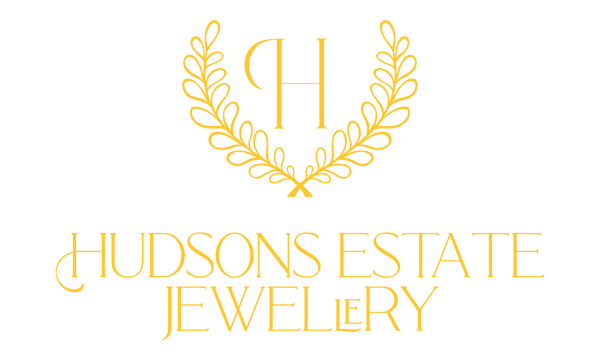The reign of Queen Victoria was a long and influential one, and the jewellery from this era is a living timeline of her extraordinary life. Victorian jewellery is a favourite among collectors and discerning buyers, offering an emotional depth and a rich aesthetic history. It speaks to a period of great romance, loss, and technological innovation, making each piece a personal and historical treasure.
Historical Influences
Queen Victoria's personal life profoundly influenced the jewellery of her time. Her marriage to Prince Albert fueled the romantic designs of the early era, while his death plunged the nation into mourning. This led to black jewellery becoming a societal norm, a powerful expression of collective grief. This emotional shift is what makes Victorian jewellery so deeply personal.
The Industrial Revolution also played a significant role, with new machinery allowing for mass production and making jewellery more accessible to the burgeoning middle class. This innovation meant that simpler, more affordable items could be widely sold, opening up a new market. The discovery of gold and diamonds in new mines also dramatically increased the availability of precious materials.
Key Characteristics
Victorian jewellery is best understood by dividing it into three distinct periods. The Romantic Period (c. 1837–1860) was characterized by romantic motifs like hearts, birds, and the serpentine motif, which symbolized eternal love. Pieces were often made from high-carat gold, beautifully hand-engraved with floral designs and set with vibrant gemstones like turquoise and garnets.
The death of Prince Albert ushered in The Grand Period (c. 1860–1885). As Queen Victoria mourned, the nation followed suit, and heavy pieces crafted from materials like jet, onyx, and vulcanite became fashionable. Mourning jewellery was incredibly personal, often featuring intricate hairwork under glass, lockets, and inscribed messages. This jewellery was a way to physically carry one's grief.
The final phase, The Aesthetic Period (c. 1885–1901), saw a return to a more playful style. Pieces became lighter and brighter, reflecting a newfound optimism. This period also saw the rise of "white" jewellery, characterized by diamonds and pearls set in silver or silver-topped gold, creating a light, sparkling, and elegant look that would pave the way for the next era.
What to Look For
When seeking Victorian pieces, the first step is to identify the period to which the piece belongs. Look for hallmarks, which became more standardised in this era and can help pinpoint the exact year and location of manufacture. Pay attention to the materials; early Victorian pieces often feature 15k or 18k gold, while later ones may be 9k or use gold-filled techniques, indicating a more accessible market.
For mourning jewellery, it is essential to differentiate between genuine jet, which is lightweight and warm to the touch, and imitations like vulcanite, which can feel heavier and colder. The value of a Victorian piece is often found in its craftsmanship and unique details, like signs of hand engraving or intricate hairwork. The symbolic language of the motifs is also key to understanding a piece’s history.
The diamonds of this period are predominantly the Old Mine Cut, which is characterized by a high crown, small table, and open culet. Unlike modern diamonds, their beauty lies in their warm, candlelit fire rather than brilliant sparkle. These signs of authenticity, from the material to the cut of the stone, are what truly define a piece as a historical treasure.
Feel the emotional depth of this fascinating era. Discover a Victorian piece with a story that resonates with you at Hudsons Estate Jewellery.
